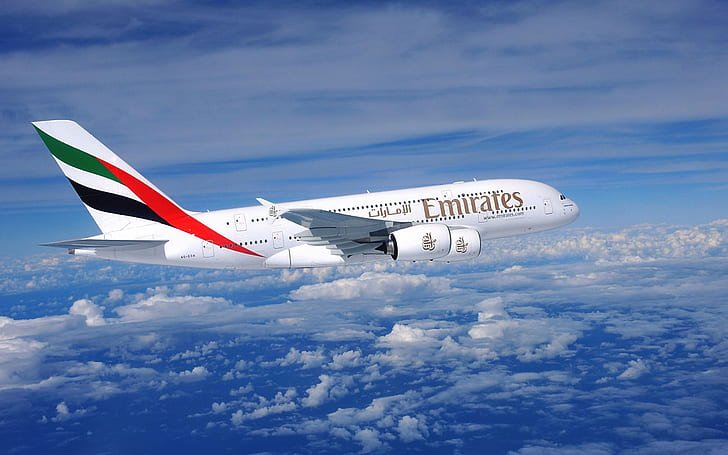The global aviation industry continues to evolve in response to changing technologies, regulatory frameworks, and market demands. Since the onset of the COVID-19 pandemic, the sector has undergone significant transformation in various areas, from aircraft design materials to operational strategies. Here are ten key trends that will shape the future of aviation:
1. Use of Lightweight and Environmentally Friendly Materials
A major focus in modern aircraft design is the use of lighter, more efficient materials. Carbon fiber and composites are increasingly replacing aluminum, as they offer greater strength, weight reduction, and corrosion resistance. This not only enhances fuel efficiency but also contributes to a reduction in greenhouse gas emissions.
2. Sustainable Aviation Fuel (SAF)
Sustainable Aviation Fuel (SAF), derived from organic waste and non-fossil sources such as cooking oil, represents a significant solution to decarbonize aviation operations. Several major airlines, including British Airways and Lufthansa, have tested SAF, though it remains more expensive than traditional fuels. However, innovation is expected to drive down the cost of production in the near future.
3. Electrification and Hybrid Aircraft
Electrification is a key trend in aviation, with several companies such as Airbus and Boeing investing in electric and hybrid aircraft. Startups like Eviation are also successfully testing fully electric planes. This technology aims to reduce reliance on fossil fuels and emissions.
4. Digitalization and AI in Aviation Operations
Aviation operations are increasingly leveraging digital technologies and artificial intelligence (AI) for improved efficiency. AI-powered systems assist airlines in optimizing flight routes, reducing fuel consumption, and minimizing delays. Additionally, AI-driven chatbots enhance customer service.
5. Biometric Technology at Airports
Biometric technology is being adopted at airports to enhance security and efficiency. Facial recognition systems aid in check-in, boarding, and immigration processes at airports like Changi in Singapore and JFK in New York. This technology accelerates the travel experience while enhancing security by reducing fraud risks.
6. Transformation of Airline Business Models
Intense competition and shifting consumer preferences are driving airlines to rethink their business models. Full-service carriers are offering more budget-friendly options, while low-cost carriers (LCCs) are adding premium amenities. Another trend is subscription-based services where passengers pay monthly for tickets at stable rates.
7. Geopolitical Impact on Supply Chains and Regulations
Geopolitical tensions and trade disputes affect the aviation sector through supply chain disruptions and regulatory changes. For instance, sanctions against Russia have affected titanium supplies for aircraft manufacturing. Additionally, Boeing-Airbus competition is increasingly influenced by international trade policies.
8. Enhanced Cybersecurity Measures
With more digitalization, cybersecurity risks in aviation are increasing. Airlines and airports are investing heavily in cybersecurity systems to safeguard passenger data and flight operations from cyberattacks.
9. Pursuit of Supersonic and Hypersonic Technologies
Supersonic aircraft represent an exciting innovation in aviation. Companies like Boom Supersonic are working on designs that could significantly reduce travel times. Similarly, hypersonic vehicles, capable of flying five times the speed of sound, are also being explored, although still in the early stages of development.
10. Rise of Space Tourism
Space tourism, once a distant dream, is becoming a reality. Companies like SpaceX, Blue Origin, and Virgin Galactic are developing commercial spaceflight programs. Although targeting the ultra-premium market, the industry is projected to expand in the coming decades.
Now the aviation industry is undergoing a transformative journey with a focus on efficiency, sustainability, and enhanced passenger experience. From eco-friendly fuels to innovative business models, the sector continues to adapt to global challenges and technological advancements. With continuous innovation, the future of global aviation promises to be even more thrilling.


